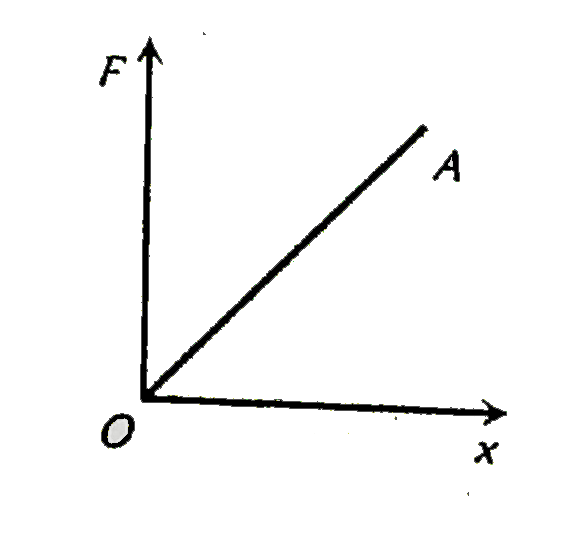Explain the experiment performed by Went on coleoptiles.
Step-by-Step Solution to Explain Went's Experiment on Coleoptiles
1. Background Information: In 1926, F. W. Went conducted significant experiments on coleoptiles, which are the protective sheath covering the emerging shoot of a seedling.
2. Preparation of Agar Blocks: Went placed agar blocks under the tips of the coleoptiles. The coleoptile tips are known to be sensitive to light and are crucial for growth direction.
3. Duration of Agar Placement: The agar blocks were left in place for a specific period, allowing the plant growth substance (later identified as auxin) to diffuse from the coleoptile tips into the agar.
4. Decapitation of Coleoptiles: After the agar blocks had absorbed the growth substance, Went decapitated the coleoptiles, removing the tips.
5. Application of Agar Blocks: The agar blocks, now containing the growth substance, were placed on one side of the decapitated coleoptiles. This was done to observe the effect of the substance on growth direction.
6. Observation of Growth: Went observed that the coleoptiles began to bend towards the side where the agar block was placed. This indicated that the growth substance was causing differential growth on one side of the coleoptile.
7. Conclusion on Auxin: From these observations, Went concluded that the substance diffusing from the coleoptile tips acted as a chemical messenger that promoted growth. He named this substance "auxin," which is a type of plant hormone responsible for regulating growth.
8. Quantification Method: In 1928, Went developed a method to quantify the amount of auxin present, further establishing its role in plant growth.
9. Significance of the Experiment: Went's experiment demonstrated the role of auxin as a growth-promoting hormone and established the basis for understanding how plants respond to light (phototropism).
Topper's Solved these Questions
- PLANT GROWTH AND DEVELOPMENTBOOK - ICSECHAPTER - PLANT GROWTH AND DEVELOPMENTEXERCISE - TEST YOUR PROGRESS (OBJECTIVE TYPE QUESTIONS)
92 Videos
- PLANT GROWTH AND DEVELOPMENTBOOK - ICSECHAPTER - PLANT GROWTH AND DEVELOPMENTEXERCISE - TEST YOUR PROGRESS (FILL IN THE BLANKS WITH APPROPRIATE WORDS)
27 Videos
- PLANT GROWTH AND DEVELOPMENTBOOK - ICSECHAPTER - PLANT GROWTH AND DEVELOPMENTEXERCISE - REVIEW QUESTIONS (SHORT ANSWER TYPE QUESTIONS)
13 Videos
- PHOTOSYNTHESIS IN HIGHER PLANTS BOOK - ICSECHAPTER - PHOTOSYNTHESIS IN HIGHER PLANTS EXERCISE - REVIEW QUESTIONS (QUESTION BASED ON EXPERIMENTS)
7 Videos
- PLANT KINGDOM BOOK - ICSECHAPTER - PLANT KINGDOM EXERCISE - REVIEW QUESTIONS (LONG ANSWER TYPE QUESTIONS)
12 Videos
Similar Questions
Coleoptile is
View SolutionExplain the experiment performed be Griffith on Streptococcus pneumonia. What did he conclude from this experiment?
Name the three scientists who followed up Griffith's experiments.
What did they conclude and how?
View SolutionWhich of the following in incorrect about the experiment performed by T.W Engelmann ?
View SolutionWhich of the following is incorrect about the experiment performed by T. W. Engelmann ?
View SolutionYoung's double slit experiment is performed with monochromatic light. A thin film is introduced in front of one of the slits
View SolutionIn bacteriophage experiment, performed by Hershey and Chase, radioactivity in supernatant was due to
View SolutionIf Young's double-slit experiment is performed under water, how would be observed interference pattern be affected ?
View SolutionSwan-necked flask experiment was performed by
View SolutionWhat conclusion is drawn from the ‘Blender experiment’ performed by Hershey and Chase?
View Solution
The force required to stretch a spring varies with the distance a shown in the figure. If the experiment is performed with the above spring of half length, the line OA will
View Solution
